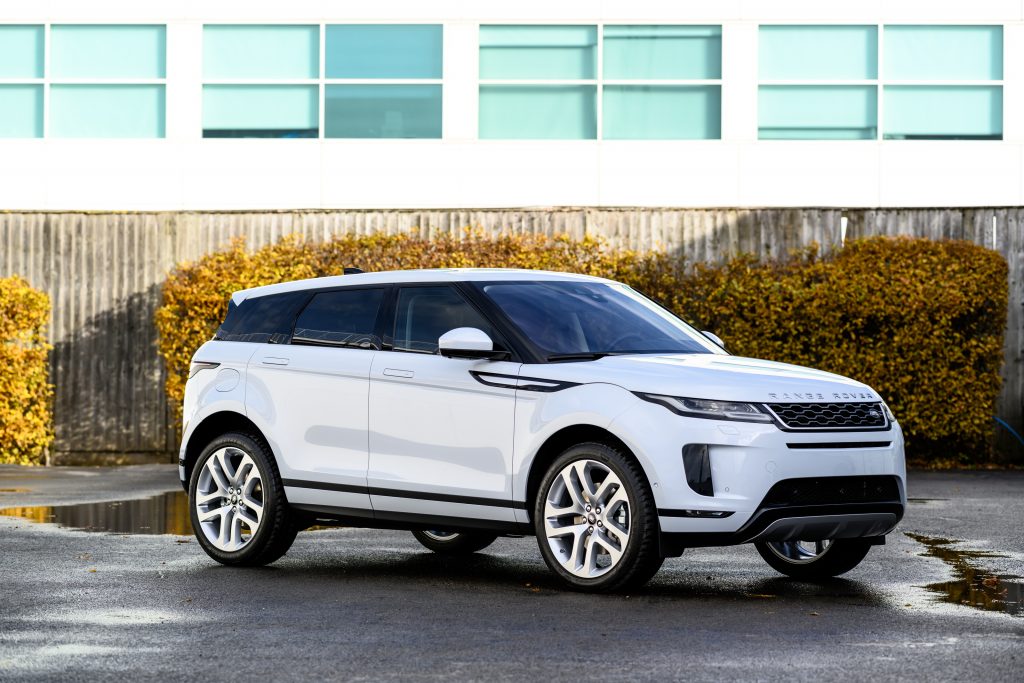Evoque
Range Rover’s Design Director discusses their all-new, sustainable, city-focused car
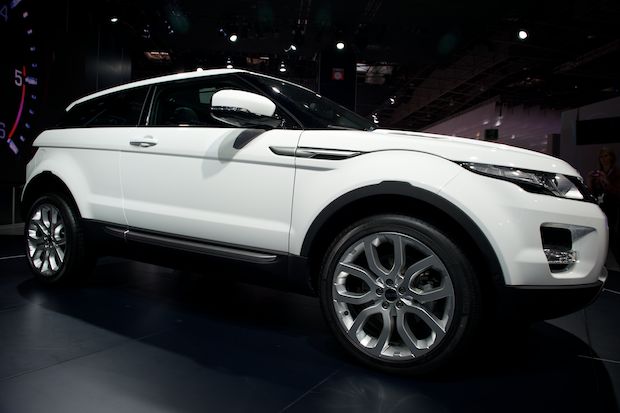
Yesterday in Paris Range Rover launched the Evoque, a sporty, stylish and more sustainable SUV. Gerry McGovern, Design Director for the brand, used the word “relevant” to describe the primary design goal for the vehicle. The notion of creating a car for today’s tech-savvy and earth-conscious city-dweller originally transpired as the LRX concept vehicle, first shown in 2008. It was so well received that little changed in translating the LRX to the Evoque.
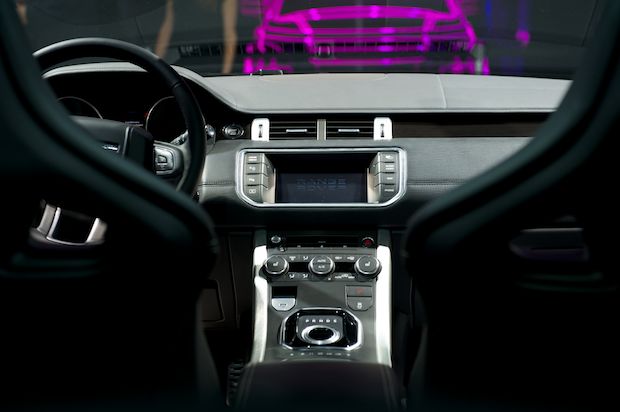
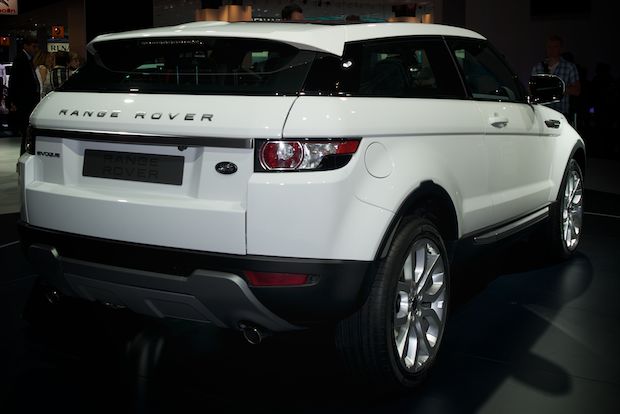
When Range Rover invited me to their big debut, I gladly accepted to see the new creation first hand. The Evoque maintains the standard of luxury that Range Rovers are known for, using the same premium materials seen in their top-of-the-line vehicles. And while the design language is unmistakably Range Rover, the form is decidedly smaller and more aggressive. By using lighter materials, offering a front-wheel drive option paired with a turbo diesel engine, the most efficient configuration offers a shocking 58 mile per gallon estimated fuel rating.
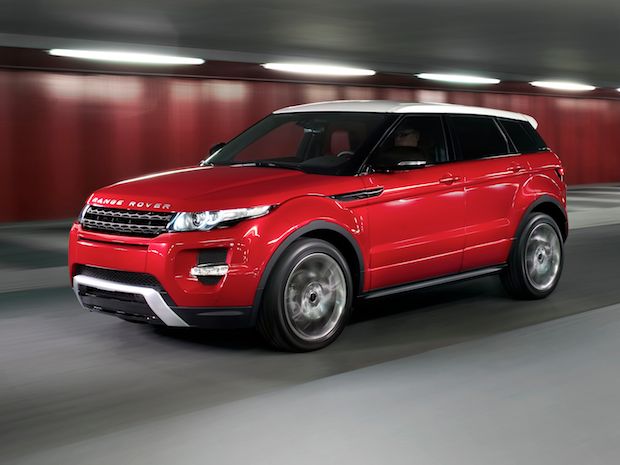
The Paris debut only included the coupe, but the company did announce that a 5-door will be offered as well (pictured above). There will be a variety of configurations available including front or four-wheel drive, turbo-diesel or gas engines, a full sized and unobstructed glass roof, and three different trims that range from simple to aggressive. Tech options include support for Bluetooth streaming audio, a surround camera system and an eight inch dual-view nav screen that lets the passenger and driver see different information or content.
Gerry McGovern, Range Rover Design Director
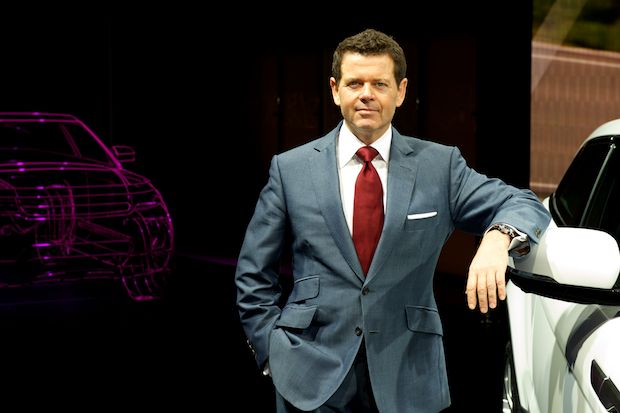
Such a bold move from a car company known for making big vehicles is not a surprise given today’s consumer demands. The fact that they executed this challenge so well is a tribute to their design team. To learn more about this I sat down with Gerry McGovern, Range Rover’s Design Director who uniquely oversees both product design and marketing for the brand. The interview, which starts below and continues after the jump touches on changes in design culture, the notion of relevance and Miesian philosophies.
Cool Hunting
Tell me a little bit about your background, both in terms of design work and specifically Range Rover.
Gerry McGovern
Let me start from the very beginning. I’ve always been in the design business. I probably describe myself more as a design nut than a car nut. And what I mean by that is like collectors tend to collect old cars and stuff, I tend to collect pieces of modernist furniture and art, and glass. I was most interested in architecture, not in car design. I just designed a house in Britain with a British architect.
Part of my job is really to understand what this sort of luxury business is all about, luxury experience and that sort of thing that I’m interested in. I did train as a product designer. I’ve held various positions. I’ve done quite a lot of cars in my time. I was at Land Rover before then I went off to America and was the Design Director at Lincoln Mercury in the states for a number of years, based in California.
CH
You’ve been back at Land Rover for about 5 years now. How are you doing things differently?
GM
So one of the things I started doing was saying well, Land Rover has been around for 60 years essentially now, Range Rover for 40. We sell now in 167 different countries and we’ve got this design philosophy that’s developed over all those years. A lot of that design philosophy is rooted in heritage and function in particular. We have call the design bible and while I accept it and acknowledge and respect where we’ve come from, my view on it was we have to be absolutely focused on the future. So I need to recognize that, respect it, and discover where we are and define where we want to go. The driver for me for defining where we wanted to go was just one word—relevance.
What is gonna make us relevant in a world that’s changing, particularly in respect to sustainability, the center of people’s values. For example, the luxury business, luxury customers, they’re not buying the brand trophies anymore. They want to believe in brands that have integrity, that have longevity, that stand for something either ethically or emotionally.
I take on this sort of Chief Creative Officer role for the brand as well, and what that means is looking at the tonality toward touch points of dealerships, showrooms, advertising, brochures. And that area of the business has always been within marketing, but I’ve been called upon to look at it in terms of giving support and guidance to make sure we get the continuity of brand message in visual terms. Because if accept the notion that design is conduit, it communicates what the brand stands for, then clearly it needs to be a consistent point of view.
CH
What does this mean in terms of designing cars?
GM
The LRX was a manifestation of a different point of view for Range Rover particularly, because at that time we called it a Land Rover, but as we developed it became clear it needed to be a Range Rover particularly because of its emphasis on cleanliness.
Evoque the first of a new generation of Range Rovers—it’s the third car line for Range Rover. It’s clear where we want to take the brand in terms of the emphasis on luxury. There’s still a level of integrity and capability. If we never talked capability ever again, quite frankly we’d still be renowned for it; people know we can do it and it’ll always be there. But we’ve got to represent other values as well.
Now we’re also in the process of redefining what Land Rover stands for as a brand because we do have this slight dilemma in that the business started as Land Rover, that’s the brand; and then Range Rover is a nameplate within it. Of course, Range Rover has become equal in terms of equity, a problem also in certain markets. So there is this sort of dilemma… do we have one brand, two brands, actually we are at least two brands in most people’s perceptions.
CH
One of the key words that you used was relevance. Was that part of the design philosophy that drove the LRX concept, or was that something that was more critical during the process of taking the LRX concept and turning it in to the Evoque?
GM
Relevance was right there at the start, and that was the word I brought to the business in some respects. It was easy for me because I was coming from outside and I’d been there before. I said actually, you’re talking about the same feature you were talking about when I left 10 years ago. And actually what you need to do is say what is going to be relevant to people. So then the relevance came through clearly in terms of the focus on sustainability, it’s size, the smallest, lightest Range Rover ever.
CH
So to make it more sustainable you had to make the Evoque a lot smaller than a typical Range Rover.
GM
Yeah, the scale of it is a direct consequence. We know it will appeal to a lot more women, not because it’s feminine—some people say it’s a little bit feminine—it’s not feminine, it’s actually good looking. It’s very dramatic. It still has the level of visual robustness although it’s smaller, which I think has universal appeal to women because it’s easy to maneuver in town particularly. It’s gonna be focused. It’s a much more urban orientation.
CH
In terms of the design of the form, if you’d take all the badging off, it’s still clearly Range Rover. Can you articulate what it is about the design language that is really consistent through all the different vehicles?
GM
Well, remember this is the first in a new generation, and for me, the inspiration is Mies Van Der Rohe. He said something once that really resonated, well, it’s gone down in history and everybody knows the words, they don’t necessarily know who said it, but “less is more.” And that’s the philosophy that I have, that isn’t less is more in pairing down, it’s purely minimalist and cold and bare and all the rest of it.
But what I said to the team was we need to minimize the design cues, but still be able to say it’s a Range Rover. For me, in that vehicle, it’s a couple of things. It’s the floating roof, back pillows, the overall visual robustness of the car, it’s shoulders particularly. And then things like clamshell hood. And that’s it. But those are so strong that when you look at that car, it’s like no other Range Rover you’ve seen before, clearly, but it’s still a Range Rover.
CH
So then what parts of the classic design were you able to shed?
GM
Equal glass to body relationship, was one of them. This is not equal glass to body relationship. That’s very much a big Range Rover cue which talks to the sense of occasion when you’re driving. When you’re driving off road you’re sitting higher and you can look down at people. People say it’s because the Queen drove it and she liked to look down at the peasants there.
Um, the castellations on the body, so when you’re driving off road you know exactly where your two corners are. You don’t probably need them, the cameras will tell you where you are. The actual clamshell body design, another cue, so you could maximize ingress into the engine bay. Well again, cars are so sophisticated now, how often do you really need to look there, you just need to wire them up into a computer.
So that was what I’m trying to say in terms of how many of these design cues are actually relevant in the amount of context. If some of them remain clearly as a visual there’s nothing wrong with that. At Land Rover for a long time, design was felt to be a consequence of what the vehicle had to do. What I’m saying is design is more important than that. If you accept the notion that great design is the gateway to customer desirability, it’s about making that emotional connection. The philosophy of design as a consequence and the idea that form has to follow function will not get you there.






